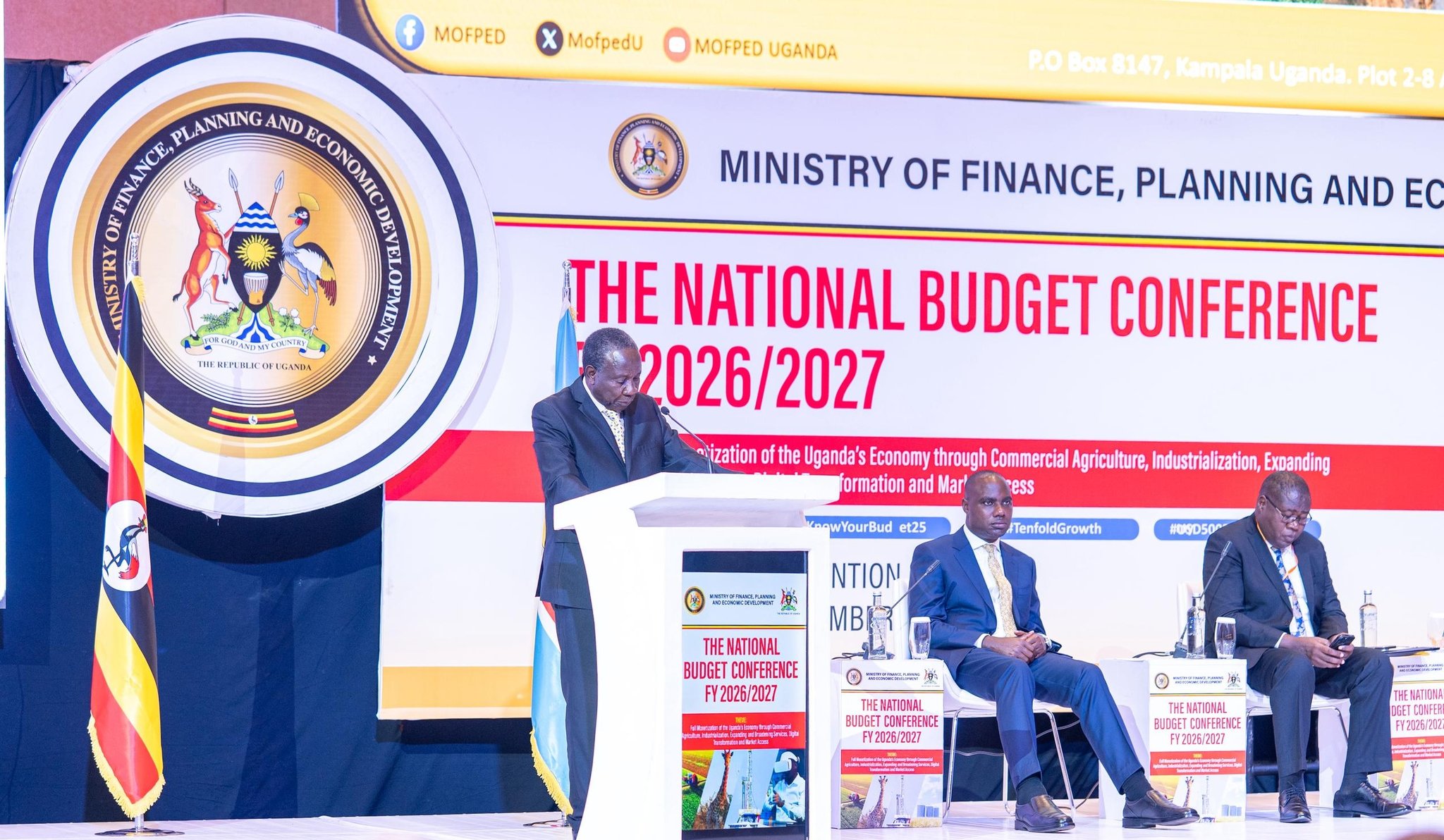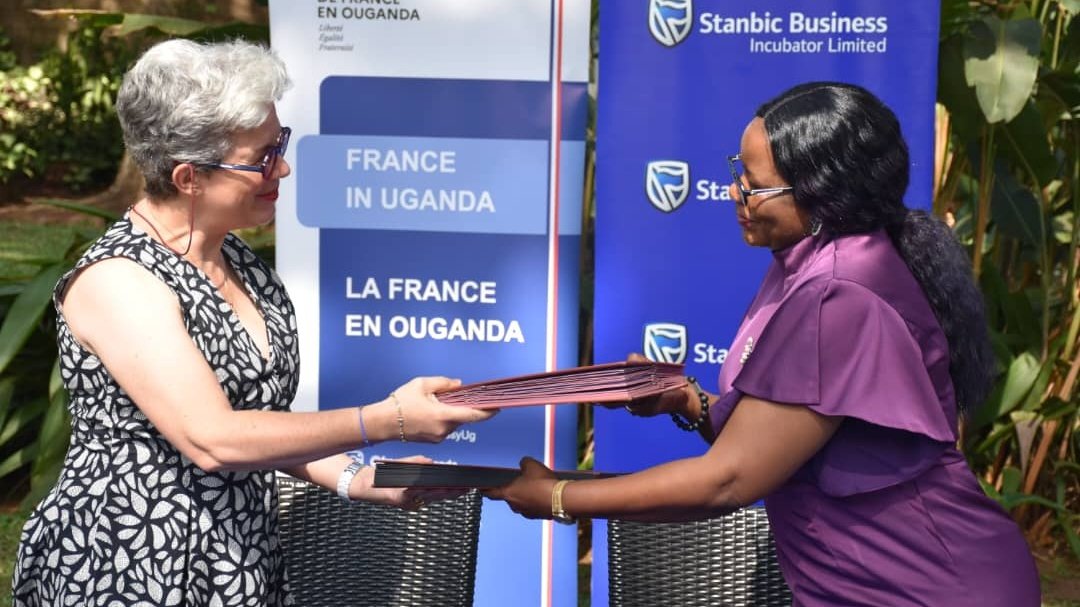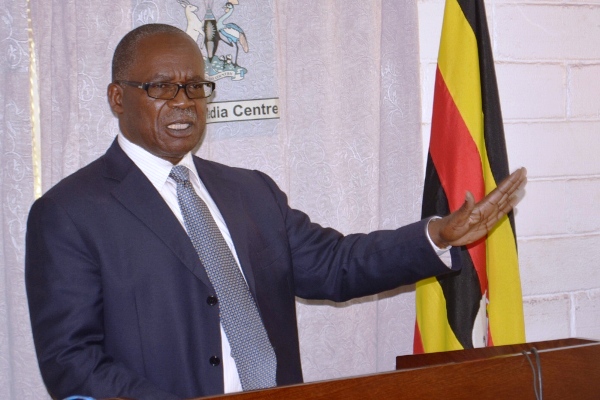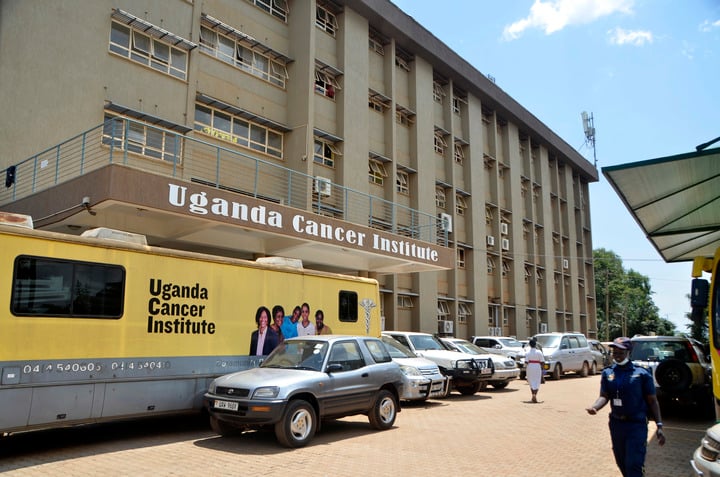Uganda projects 7% annual growth, prioritizes oil & industrialization in FY 2026/27 budget strategy
Finance Minister Matia Kasaija, while presenting the framework in Kampala on Thursday, said Uganda’s economy is expected to grow by 7 percent in FY 2025/26 and average 8 percent annually over the next five years.

Uganda has unveiled its Budget Strategy for the Financial Year (FY) 2026/27, with the government projecting accelerated economic growth driven by oil production, agro-industrialisation, and strategic investment in infrastructure and innovation.
Finance Minister Matia Kasaija, while presenting the framework in Kampala on Thursday, said Uganda’s economy is expected to grow by 7 percent in FY 2025/26 and average 8 percent annually over the next five years.
With commercial oil and gas production set to commence in 2026, the economy could experience double-digit growth rates, a milestone Kasaija described as “a new chapter in Uganda’s socioeconomic transformation.”
Anchoring Growth on Four Pillars
The FY 2026/27 Budget Strategy is structured around the Tenfold Growth Strategy, which prioritises four anchors:
- Value addition in agriculture, minerals, oil and gas, and tourism.
- Increased investment in science, technology, and innovation.
- Sustained funding for enabling sectors such as infrastructure, energy, industrial parks, education, health, and security.
- Enhanced revenue mobilisation and expanded market access through regional integration.
According to Kasaija, these measures are designed to accelerate Uganda’s transition from a lower-middle-income economy to upper-middle-income status by 2040.
He highlighted that Uganda has already diversified its exports beyond the traditional “3Cs and 3Ts”—coffee, cotton, copper, tea, tourism, and tobacco—while gaining greater access to regional and continental markets.
Financing Growth Ambitions
The minister stressed that realising this growth path will require massive resource mobilisation. Government plans include reprioritising spending, intensifying domestic revenue mobilisation, and attracting more foreign direct investment (FDI) through sound fiscal and monetary policies.
Uganda will also seek to leverage Public-Private Partnerships (PPPs) and alternative financing mechanisms such as capitalisation of the Uganda Development Bank (UDB), Uganda Development Corporation (UDC), and wealth creation initiatives like the Parish Development Model and Emyooga.
“Maintaining macroeconomic stability, reducing the cost of doing business, and improving governance remain central to our fiscal strategy,” Kasaija said.
Linking Policy to Citizens’ Needs
Prime Minister Robinah Nabbanja, who officially opened the budget conference, underscored the importance of aligning all ministerial priorities with the ATMS sectors—Agro-industrialisation, Tourism, Mineral-based industrialisation, and Science, Technology & Innovation—alongside the key enablers.
“Our immediate task is to lift the 33 percent of Ugandans still in the subsistence economy into productive, money-generating ventures,” Nabbanja said, pointing to government initiatives such as the Youth Venture Fund, Agriculture Credit Facility, and Small Business Recovery Fund.
She further urged ministries and agencies to focus on boosting domestic revenue to reduce dependence on external borrowing.
Building Consensus for Transformation
Ramathan Ggoobi, the Permanent Secretary and Secretary to the Treasury, emphasised the role of collaboration in achieving the ambitious targets. “We are here not only to seek input but to work together in turning challenges into opportunities, and opportunities into tangible results—startups, jobs, incomes, and better services,” he said.
Ggoobi reiterated the ministry’s commitment to transforming Uganda into a $500 billion economy, guided by sustained investment in ATMS and their enablers.
Optimism vs. Structural Challenges
While the projections inspire optimism, analysts caution that structural bottlenecks such as revenue mobilisation gaps, rising public debt, and governance concerns could slow progress.
Uganda’s tax-to-GDP ratio remains below regional averages, raising questions about the feasibility of funding ambitious projects without over-reliance on borrowing.
Moreover, success hinges on the timely delivery of oil infrastructure projects, efficient use of public resources, and the ability of government programs to translate into inclusive growth for ordinary citizens.
Still, the FY 2026/27 strategy reflects a bold attempt to consolidate recent socioeconomic gains and position Uganda for sustained growth in the coming decade.







